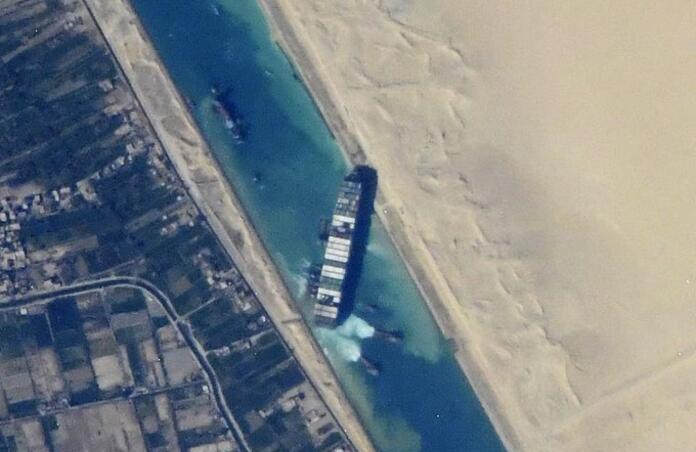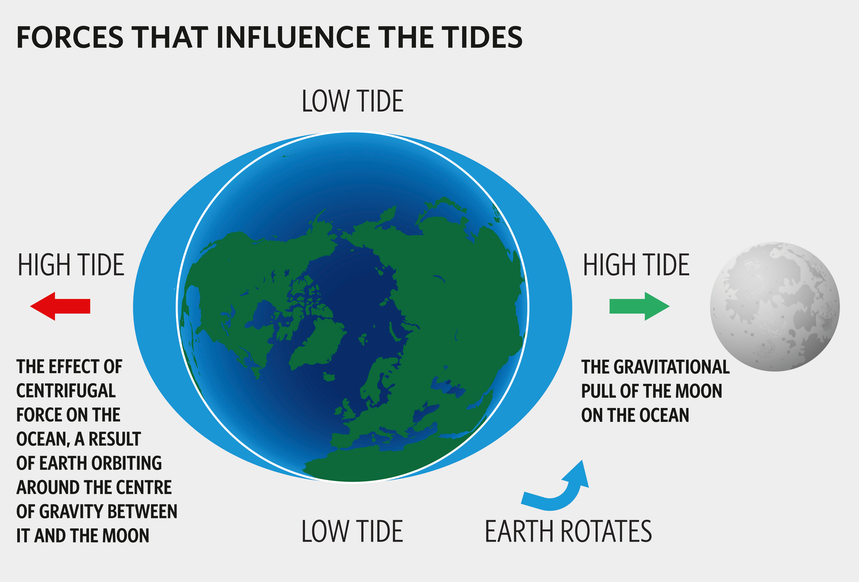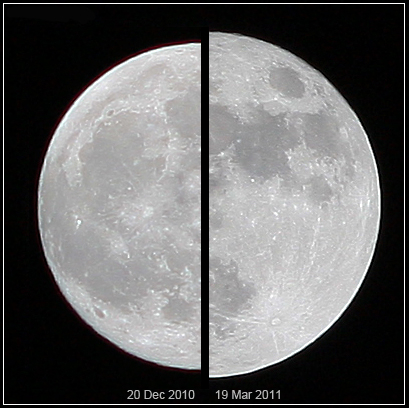How The Full Moon Helped Free the Giant Container Ship From the Suez Canal

The first supermoon of the year helped free the container ship stuck in the Suez Canal.
On the night of the 23rd to 24th March, the 400m long cargo ship Ever Given was stranded and became stuck in the Egyptian Suez Canal, which is only 300m wide on average. Satellites and even cosmonauts on the ISS imaged the phenomenon (see cover image by Sergey Kud-Sverchkov). For almost a week, it blocked all traffic in the area, as you can see in ESA’s comparison of typical traffic and the “traffic jam”. Attempts like a digger scratching the canal’s side, dredging sand and using tugboats to push the container ship might not have been sufficient to remove Ever Given without the effect of our natural satellite the Moon.

As the Earth’s closest companion, it is not surprising that the Moon affects tides. To be precise, it’s the gravitational pull from the Sun and the Moon that will vary according to terrestrial location; combined with the Earth’s rotation, gravity provokes “differential forces” – also known as tidal forces. From the illustration below, you can see that the main effect for one high tide is the Moon’s gravitational pull and for the other it’s the centrifugal force (due to the Earth’s orbital motion) that pushes water. Because of the Earth’s rotation and the Moon’s own orbit, it takes the latter 24h 50m to return to the same position in the sky, so high tides are separated by 12h 25m.

However, the Moon’s orbit is elliptical, which means there are times it’s slightly closer to Earth at 360 000 km, or at the perigee of its orbit, and times where it’s more distant at 410 000 km, or at the apogee of its orbit. This impacts not only the strength of the tides (the tidal range) but can also be the source of astrophotographers’ delight: supermoons. These occur when the Moon is full at its perigee or within 90% of it: it will appear larger than usual in the sky. In 2021, we’re spoiled: there are four such events, March 28th, April 27th, May 26th and June 24th. As one might expect, the middle two dates are when the full Moon will be closest to the perigee.

Although it’s only the fourth brightest full moon this year, the supermoon on Sunday 28th March still had a great advantage for the ship’s rescuers. The Suez Canal is also subject to the tides, with the aforementioned occurrence water levels were up to 46cm higher than usual. As the tide was rising on Monday, the rear of the ship was fully freed, with the falling tide releasing the front. In the salvage firm’s CEO Peter Berdowski’s words “you have the forces of nature pushing hard with you”.

Thanks to the human effort put into place, but also thanks to our lunar companion, Ever Given as well as the 400 vessels that were stuck in the Gulf of Suez are now be able to resume their route through this passage key for trade between Europe and Asia.
Cover Image: Ever Given from the ISS, Kud-Sverchkov/Roscosmos/NASA
Image Credits:
1 - Ships in Suez Canal, Copernicus Sentinel data processed by ESA
2 - Tides, R. Rassool for CosmosMagazine
3 - Comparison Moon/Supermoon, M. Langbroek
4 - Suez Tidal Chart, tide-forecast.com
